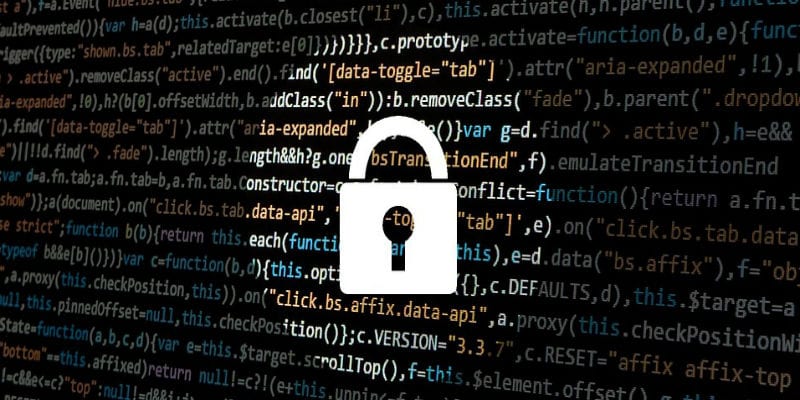How Identity Governance Works for Enterprises: A Quick Primer


Identity governance and administration (IGA) occupies an interesting space in the cybersecurity and identity security discourse. On the one hand, most experts consider its capabilities essential to the digital safety of businesses. On the other hand, most businesses don’t seem aware of the potential identity governance can offer their IT infrastructure.
Additionally, in this time of coronavirus, identity governance can offer your enterprise vital assistance in maintaining the bottom line. Let’s take a look at how identity governance actually works for enterprises.
How Does Identity Governance Work for Enterprises?
1. Role Management in a Nutshell
Let’s dive into a hypothetical. Your business has a Database (Database A). Database A contains some of the most sensitive information your organization creates. Currently, only Betsy, Colin, and Danica can access Database A, as per their roles in your business.
However, Betsy needs to go on sabbatical for a few months, so you ask Elmira to take over for her. As such, Elmire receives Betsy’s permissions in addition to her own, so she can now access Database A. This works well. Then Colin needs to go on paternity leave, and you ask Fred to have access to the database until Colin returns.
Eventually, Betsy and Colin both return to work. Everything returns back to normal. Yet Elmira and Fred still both have the temporary permissions they possessed before. Without some sort of privileges monitoring, it can be easy to lose track of who has what permissions, when, and for what reason. As you can see in this hypothetical, access to a sensitive database could nearly double through normal circumstances.
Every user with access beyond the scope of their roles represents a dangerous security vulnerability in your digital identity perimeter. Not only could they more easily conduct an insider threat attack, but hackers could also exploit their unneeded permissions for lateral movement.
Role management, a key component of how identity governance works, helps ensure that permissions remain restricted based on job roles. Therefore, your HR department members cannot access financial databases and vice versa. Additionally, it helps restrict temporary permissions in cases like what we described above; identity governance can install automatic time limits on temporary permissions which causes the permissions to be revoked without fuss.
2. Visibility
Using the example we described above, what if Betsy could also access Databases B and C? How would your enterprise know? Can you actually see the permissions each user has in your IT infrastructure?
These are far from idle questions. Visibility represents the heart and soul of cybersecurity; you can’t protect what remains unseen. Identity governance works to provide visibility and monitoring over employee and user permissions. Also, it allows your IT security team to revoke any unnecessary privileges it might discover, thus preventing access creep before it can truly become unruly.
3. Streamline Onboarding and Offboarding
Here’s how your enterprise handles onboarding without identity governance.
You must sort out the exact role of each new employee and make sure they possess the privileges to match. Delays or miscommunications could result in delays and miscommunications later on in your business processes; in fact, it could even cut into your bottom line.
Now, here is offboarding without identity governance.
You need to ensure their accounts become completely removed from the network. That means no trace of their privileges associated with their identity can persist past their departure date. If an orphaned account with relevant permissions lingers on your network for even a day, it could represent a serious vulnerability. Hackers could use these accounts unchecked, or former employees could end up becoming insider threats with their old permissions.
Identity governance works to provide lifecycle management to handle as many of these challenges as possible automatically. Also, it simplifies offboarding to facilitate complete identity removal, and can help create set roles to streamline onboarding processes; employees join the enterprise and can receive a customizable “role” with all the permissions they need.
4. Compliance
Identity governance also works to help businesses meet their compliance needs. Almost all IGA solutions provide out-of-the-box compliance reports for easy fulfillment; additionally, it can often fill those reports automatically, alleviating a burden on your IT security team.
Meeting compliance standards is of especial importance lately. The coronavirus has put significant pressure on businesses, with consumers urged to stay indoors and workers operating at home. In conclusion, a compliance issue adds another costly bill in a difficult time.
Learn More About How Identity Governance Works
Check out our Identity Governance and Administration Buyer’s Guide.
Widget not in any sidebars























